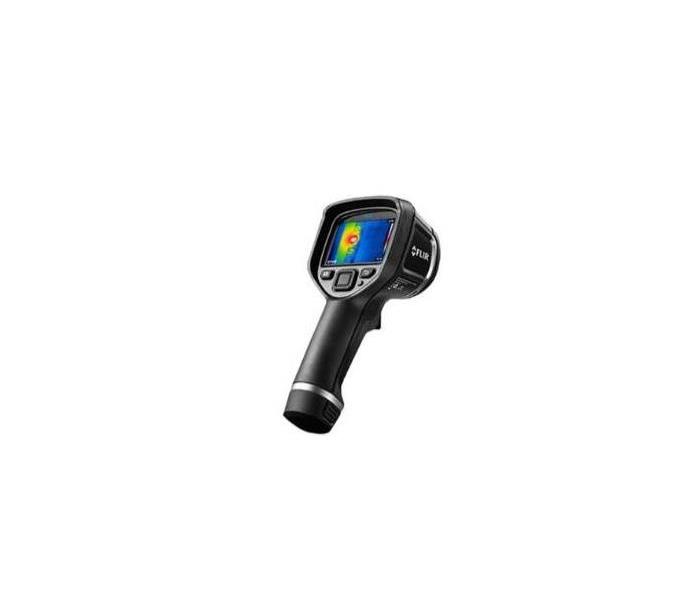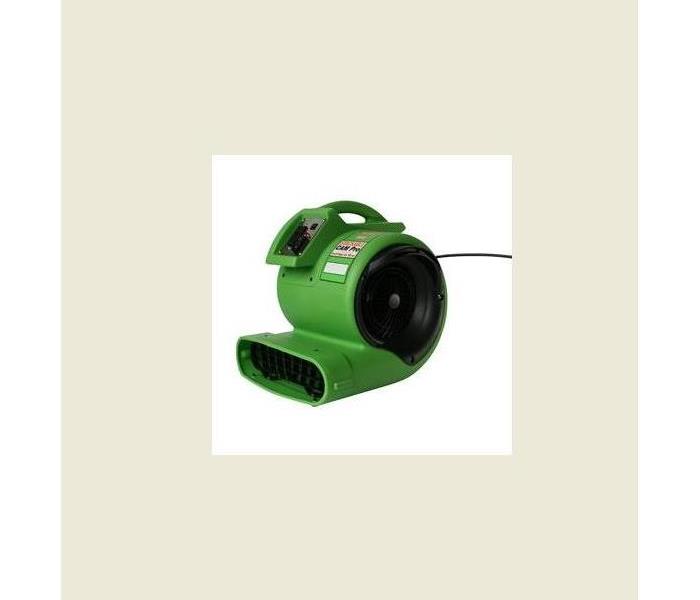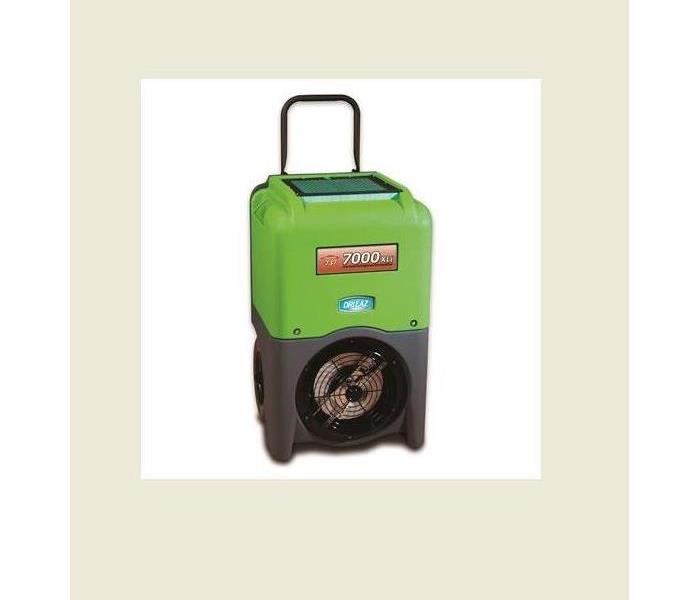Recent Water Damage Posts
Water Damage in the Wiregrass?
2/27/2025 (Permalink)
At SERVPRO of Dothan, we understand that water damage can be overwhelming, whether it’s from a burst pipe, roof leak, or flooding in our Wiregrass community. Our expert team is available 24/7 to respond quickly to emergencies. From there we assess the damage with moisture detection equipment and can begin the water extraction process. We then use dehumidifiers and air movers to thoroughly dry your property, preventing further issues like mold growth. After cleaning and sanitizing, we can also handle any necessary repairs to restore your home to its pre-damage condition through our reconstruction team. With years of experience serving Dothan and surrounding areas, our quick response, attention to detail, and full restoration services ensure your home is safe, dry, and ready for you to enjoy again.
Do you know the different categories of water?
10/14/2024 (Permalink)
Water damage can vary significantly in its severity and the potential risks it poses to properties. SERVPRO® categorizes water damage into three main categories to ensure appropriate mitigation and restoration measures: Category 1: Clean Water Category 1 water originates from a clean water source, such as broken water supply lines, faucets, or appliances. This water poses no substantial risk to human health if addressed promptly. However, it can escalate to Category 2 or 3 if left untreated. Category 2: Gray Water Category 2 water contains significant contamination and has the potential to cause discomfort or illness if consumed or exposed to. This type of water includes discharge from dishwashers, washing machines, etc. Prompt cleanup and disinfection are crucial to prevent further contamination. Category 3: Black Water Category 3 water is highly contaminated and can cause severe illness or even death if ingested. It includes sewage, floodwaters, or water contaminated with chemicals. Specialized equipment and techniques are necessary to safely remove and mitigate Category 3 water damage. Understanding these categories helps SERVPRO professionals assess the severity of water damage and implement the appropriate restoration procedures efficiently. By responding swiftly and effectively to each category, SERVPRO aims to minimize property damage and restore homes and businesses to their preloss condition as quickly as possible.
Essential Water
4/1/2022 (Permalink)
Water is essential to sustain life and is a very important part of our everyday life. But, when water intrudes into our homes and businesses, it can be a major problem.
Water inside a closed structure can cause mold, rot and other issues that are damaging to your property if not addressed in a timely manner. If that happens, SERVPRO is here to help! Our trained technicians and the latest equipment can help find and identify issues within your property that may go unnoticed for days or possibly weeks. Water that has traveled under flooring or behind cabinets can cause extensive damage in a short period of time, leaving you with extensive damage and costs.
So if you are noticing discoloration of flooring or wood materials in your home or start smelling a musty odor, call SERVPRO for a free inspection and analysis to stop further damage.
Equipment Placement
3/18/2022 (Permalink)
In my last blog, I wrote about why we measure and sketch and the computations for how much drying equipment to set. Now I’d like to spend some time on the two main pieces of drying equipment and how that drying equipment gets placed and positioned. There is a science to that too!
We primarily use two types of drying equipment; air movers that circulate air and cause the moisture to evaporate into the air, and dehumidifies that then pull that moisture out of the air.
Before I came to work here and learning so much, if I had wanted to dry a wet wall, I would have used a box fan set dead to rights facing the wall and turned it on high. And I would have been wrong. What I’ve learned is that doing it this way would actually push the water deeper into the wall rather than helping to release it.
Our air movers allow us to direct the air flow at a 45 degree angle to the wall; placing them around the room at this angle helps create a vortex of air movement (think “tornado”) within the room. Adding to this, we place the dehumidifier in a position so that the warm air it expels is pulled into the vortex and that warmth amplifies the power of the circulating air created by the air movers.
Now not every water damage is the same but this basic principal of drying holds true. And know that at SERVPRO, we have the specialized knowledge to meet your drying needs head on (and at a 45 degree angle)!
Why We Measure & Sketch
3/17/2022 (Permalink)
A lot of our customers have asked why we measure and sketch the affected areas of their home. It’s not just for the documentation for the insurance company; there is a science to drying.
A complex mathematical formula is used to determine the amount and type of equipment that needs to be placed in a room in order to achieve optimum drying in the shortest amount of time.
That formula is based on the length, width, and height of the room, the current temperature and humidity, and the percent of the surface area that is affected.
Our Crew Chiefs all have tablets that have SERVPRO’s proprietary app which performs these complex mathematical computations for them so they can quickly go about the work of drying your home.
So rest assured that the amount and type of drying equipment we place in your home has been verified by science!

 24/7 Emergency Service
24/7 Emergency Service



